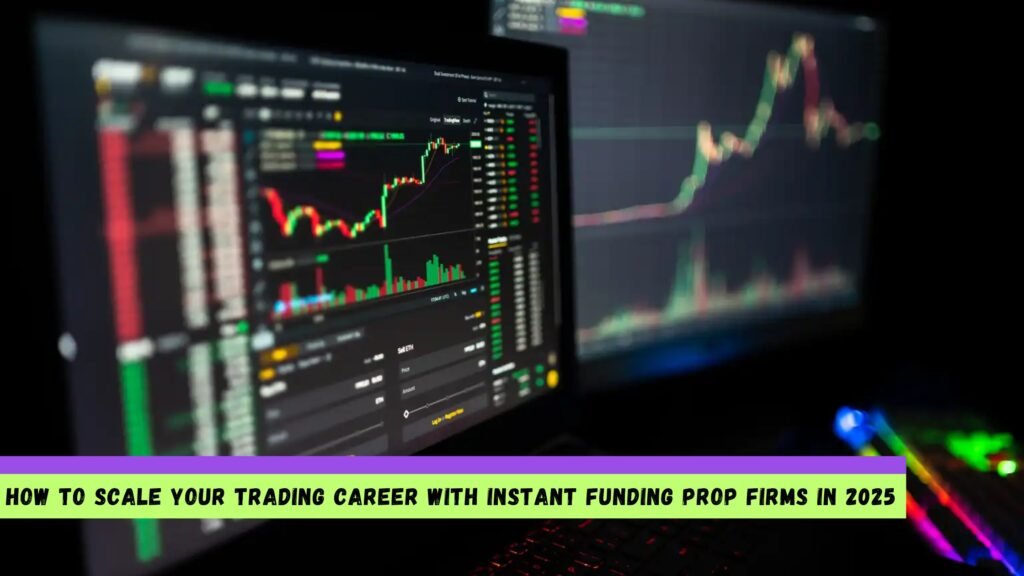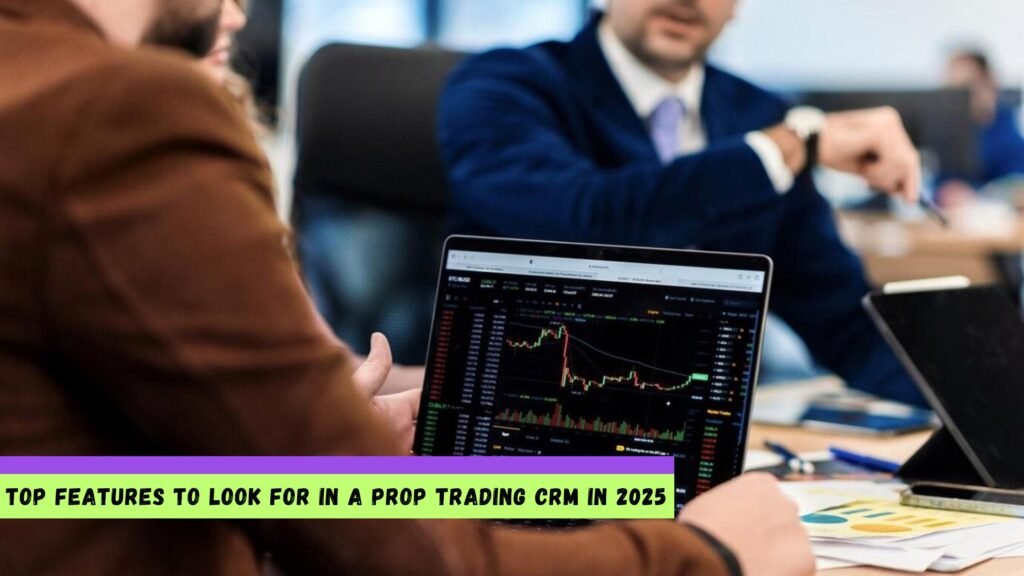As we enter 2025, the prop trading landscape is undergoing a dramatic transformation. On one hand, firms are innovating rapidly by using AI, scalable platforms, and diverse assets. On the other hand, the growing concerns of critics warn about the lack of regulations and rules in the prop trading industry.
Let’s break down what’s driving this surge and what challenges lurk beneath the surface.
Why Prop Trading Is Exploding in 2025
1. Technology as a Game Changer
Prop firms are now powered by AI-driven insights, real-time data analysis, and fully customizable trading platforms. This gives both firms and traders access to smarter, faster, and more accurate trading tools than ever before.
Takeaway: Traders can now tap into tools previously reserved for institutional giants.
2. Lower Barriers to Entry
Thanks to white-label solutions and plug-and-play prop firm software, launching a prop firm has never been easier. Traders no longer need millions to get started — just the right strategy and a pass on a demo challenge.
Takeaway: Accessibility is broadening, opening the door to new talent globally.
3. Diversification of Markets
2025 isn’t just about forex. Prop trading now covers digital assets, commodities, ESG-linked assets, and more. This broadens the playing field and appeals to a wider audience of traders with niche interests.
Takeaway: More ways to profit, more reasons to explore.
The Dark Side: Challenges & Criticism
While the hype is real, so are the concerns. A deep dive into how retail prop firms operate reveals a few uncomfortable truths.
1. Most Retail Prop Trading Is Just a Demo Game
According to DailyForex, the majority of retail prop firms operate demo accounts only, meaning no live market trades ever take place. Traders pay for evaluations, often fail, try again, and the firm profits off reattempts and subscription renewals.
“Retail prop trading represents the troubling gamification of trading.”
Takeaway: For many, this isn’t professional trading — it’s a high-stakes game of trial and error.
Related Blog: What Are the Best Strategies for Passing a Forex Prop Firm Challenge?
2. No Regulation = No Protection
Since no real trades happen in most retail prop models, regulators stay out. That means no consumer protections, no financial oversight, and limited recourse if firms refuse payouts.
Takeaway: Traders may be relying on goodwill, not legal obligations, to get paid.
3. Payouts Are the Minority
Less than 1% of traders see meaningful payouts. The majority fail challenges or lose funded accounts due to strict rules and limited flexibility.
Takeaway: The payout model relies on failure, not success.
What’s Next? The Push for Transparency
The regulatory gray area has opened the door for a dual narrative:
- Tech-forward platforms like Leverate are helping serious prop firms build credible, scalable, and customizable operations — complete with live trading, AI-powered dashboards, and CRM tools.
- Critics argue that retail prop trading should be treated like online gaming or gambling, not finance. Some call for oversight from gaming regulators, not financial authorities.
How to Spot a Legit Prop Firm
- Live trading: Does the firm offer real capital allocation or just demo accounts?
- Transparent payouts: Are their payout stats and timelines published?
- Clear rules: Are trading conditions realistic and sustainable?
- Reputation: Do traders speak positively about their support and fairness?
If you’re a trader, ask questions before paying fees. If you’re a firm, invest in transparency and compliance. The market is maturing, and the firms that survive will be those who evolve beyond the “pay-to-play” model.
Final Thoughts:
Prop trading in 2025 is a double-edged sword. The opportunity to scale, innovate, and trade globally has never been better, especially for firms using AI, smart platforms, and diversified strategies. But the risk of regulatory backlash and ethical scrutiny is rising fast.
For traders, the lesson is simple: know the game you’re playing. For firms, the challenge is to be more than a game.








